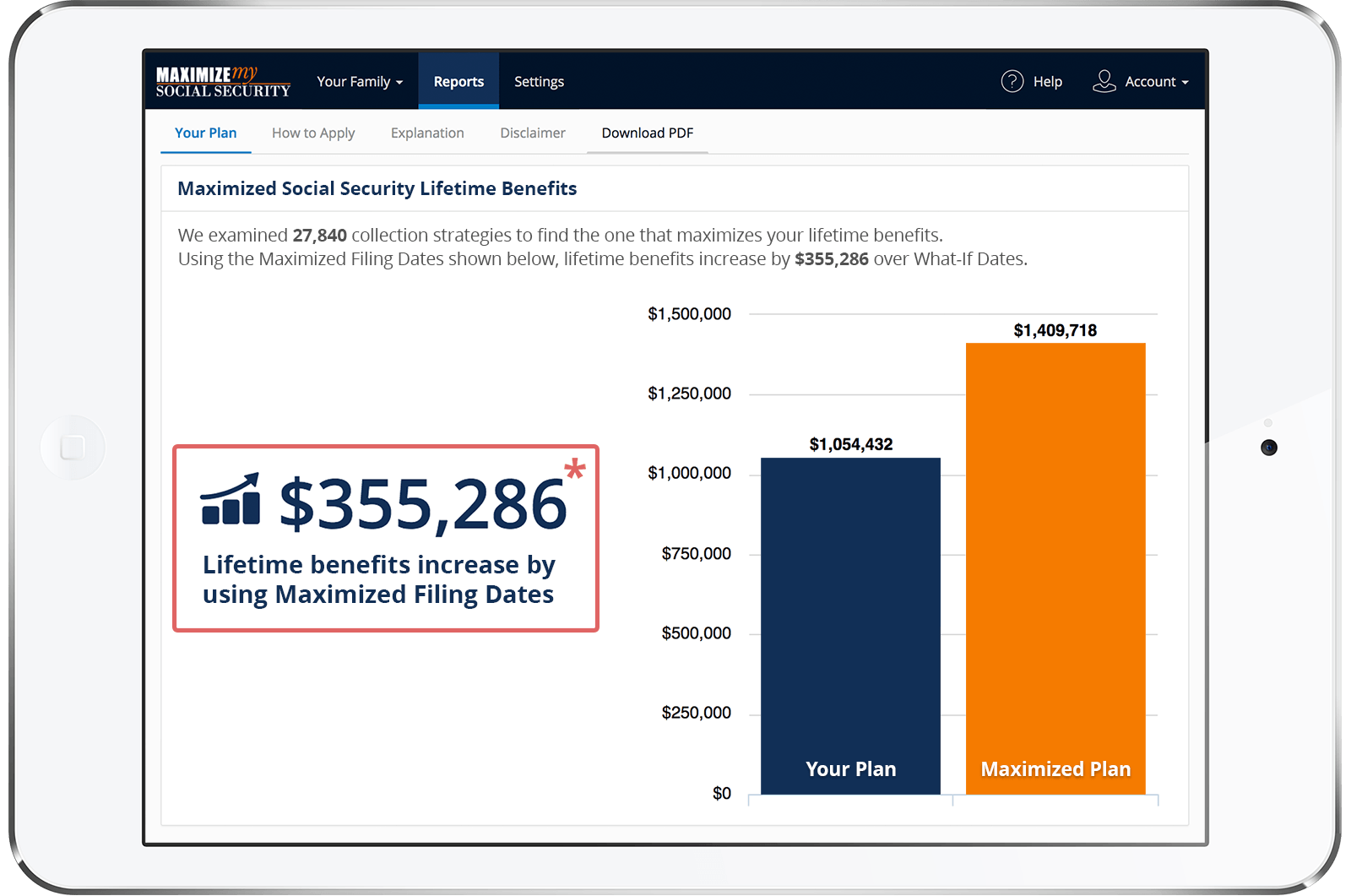Are COLA increases calculated on Primary Insurance Amount only, or on Delayed Retirement Credit As well?
I was born June 1956 and will reach Full Retirement Age in October 2022. I plan to begin receiving benefits effective January 2023 in order to have the high COLA for 2023 added to the Delayed Retirement Credit that I will have in January to increase my benefits.
My Primary Insurance Amount is $2,710. The Delayed Retirement Credit is $54 as of Jan 2023. Will the January 2023 COLA increase be calculated on just the PIA, or on both?
$2,710 Jan 2023 PIA +
$ 271 COLA of 10% +
$ 54 Delayed Retirement Credit =
$3,035 total benefitsOr is it calculated like this:
$2,710 Jan 2023 PIA +
$ 54 Delayed Retirement Credit =
$2,764 benefits before COLA +
$ 276 COLA of 10% =
$3,040 total benefitsI may delay receiving benefits for a few years to maximize benefits. I am trying to figure out what will give me the most lifetime benefits, but unsure exactly how COLA is applied to Delayed Retirement Credits.
If I wait to file until January 2024, the DRC will then be $271, for a total of $2,981 in benefits. Will the COLA from 2023 be added to my PIA and then in 2024 the COLA is calculated on the 2023 increased benefits? Assuming COLA is calculated on DRC, I am thinking it is calculated like this:
$2,981 Benefits after 2023 COLA +
$ 271 2024 Delayed Retirement Credit =
$3,252 Total of both +
$ 65 2024 COLA (2%) =
$3,317 Benefits for 2024Thank you for your excellent website and helpful answers to questions.
Hi. Yes. Technically, Social Security cost of living (COLA) increases are first applied to a person's primary insurance amount (PIA), and then any reductions for age or increases resulting from delayed retirement credits (DRC) are subsequently applied. But, since all of the adjustments are calculated in percentages, the net result is the same.
For example, say that a person's current PIA including past COLAs is $1000. The person also accrued 10% in DRCs by waiting 15 months past their full retirement age (FRA) to claim benefits, and is thus receiving a benefit rate of $1100 (i.e. $1000 x 1.10). If there was a subsequent 10% COLA, the calculation would work as follows:
$1000 PIA + 10% COLA = $1100 PIA (i.e. $1000 x 1.10). Then you'd add the 10% DRC increase to the increased PIA to raise the gross monthly benefit rate to $1210 (i.e. $1100 x 1.10). However, even if you reversed the order of applying the DRC and COLA percentages, the result would be the same. So, the net effect is that COLA increases are effectively applied to a person's actual gross monthly benefit rate, including any DRC increases.
It sounds like you should strongly consider using our software (https://maximizemysocialsecurity.com/purchase) to fully analyze all of your various options so that you can be sure to choose your best strategy for maximizing your benefits.
Best, Jerry
